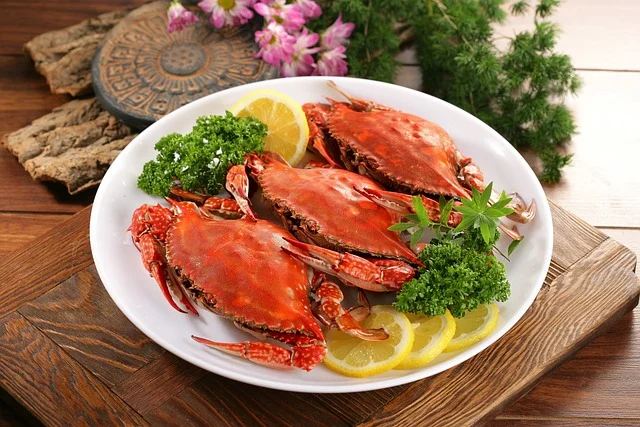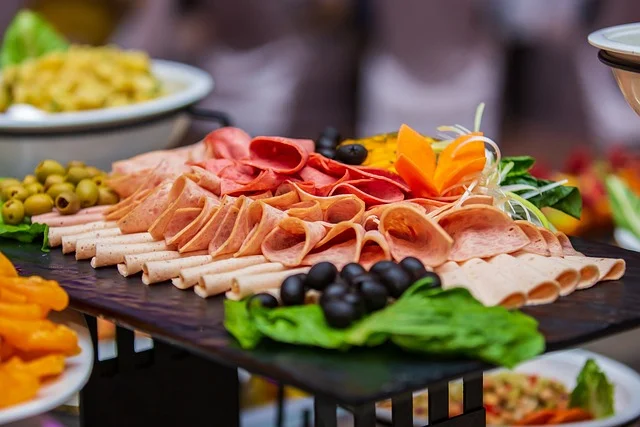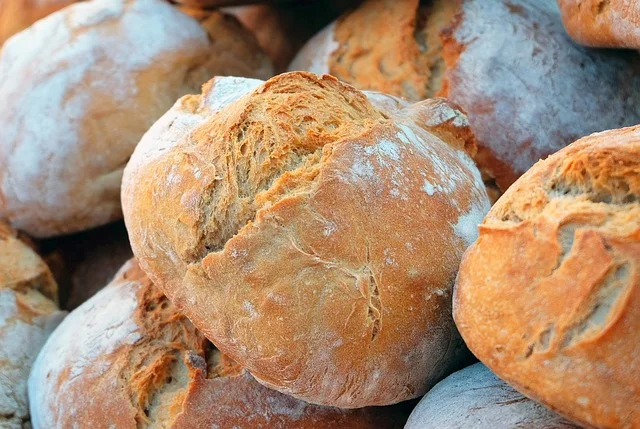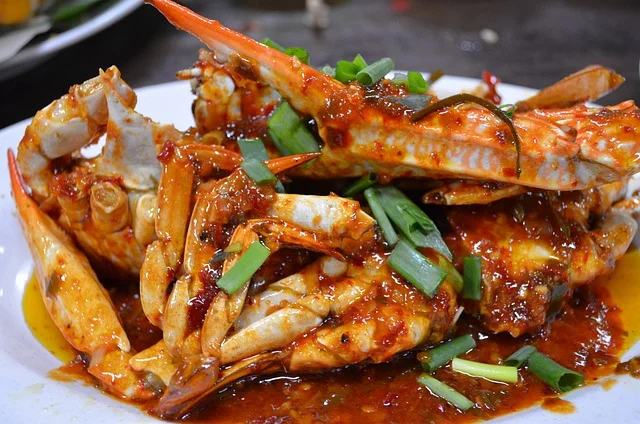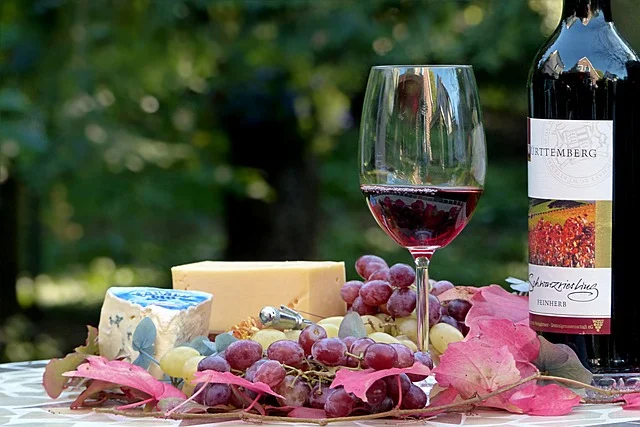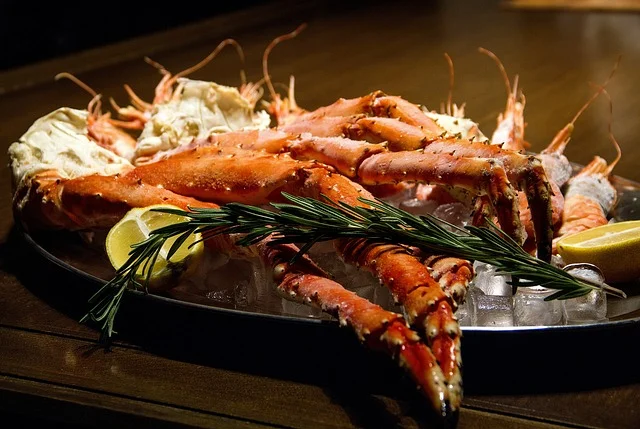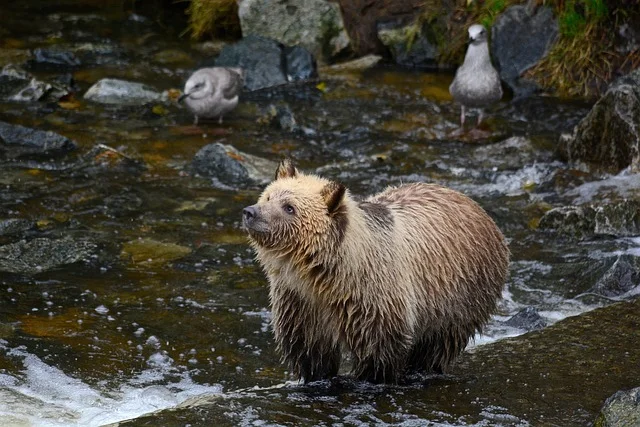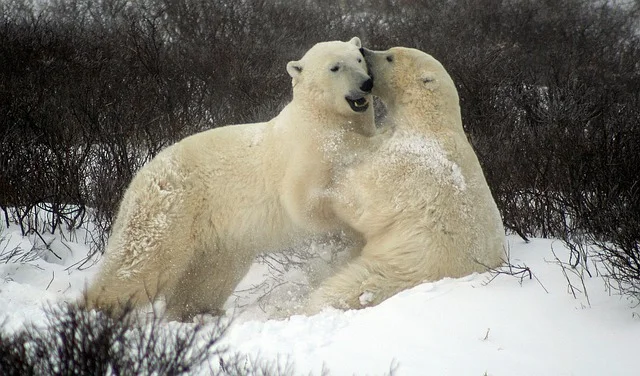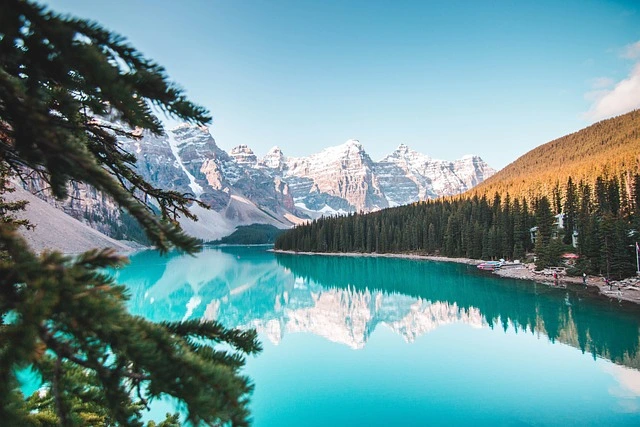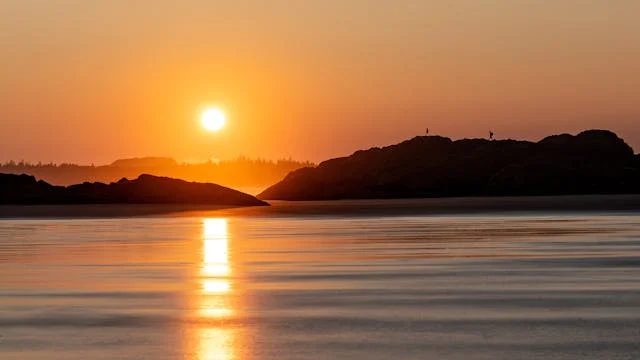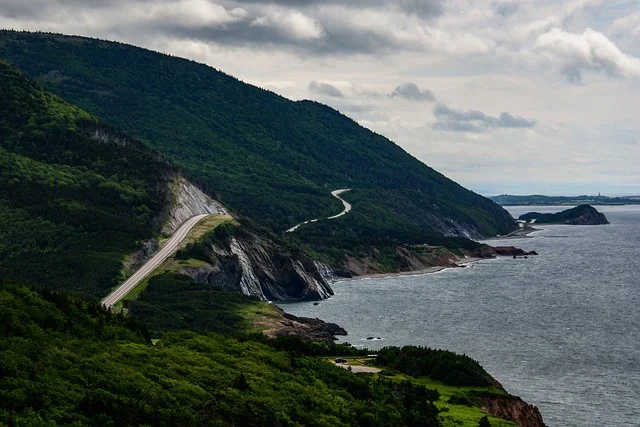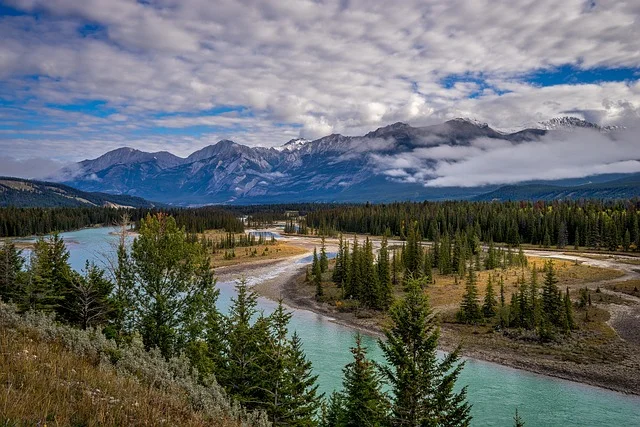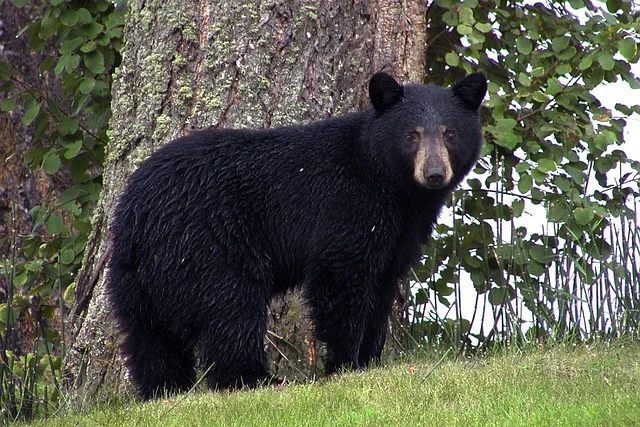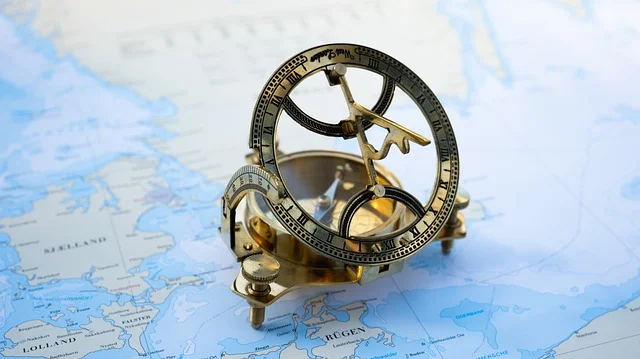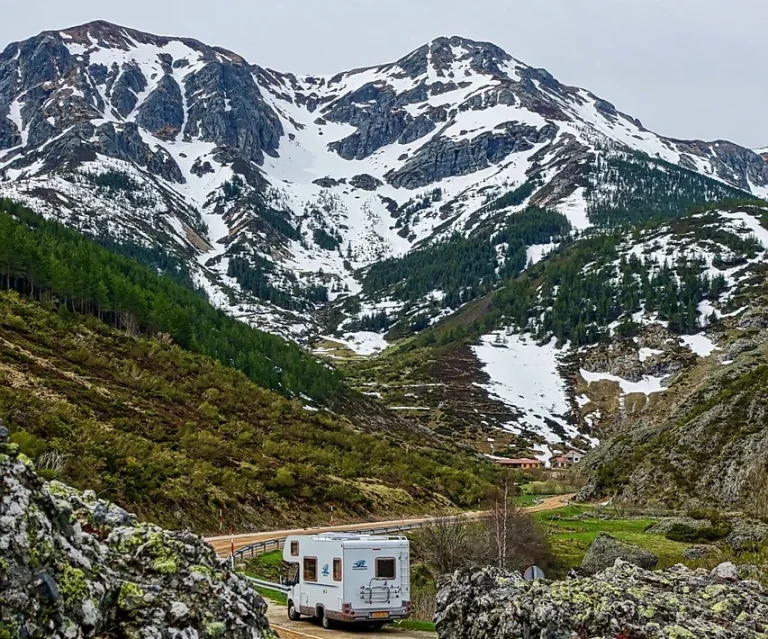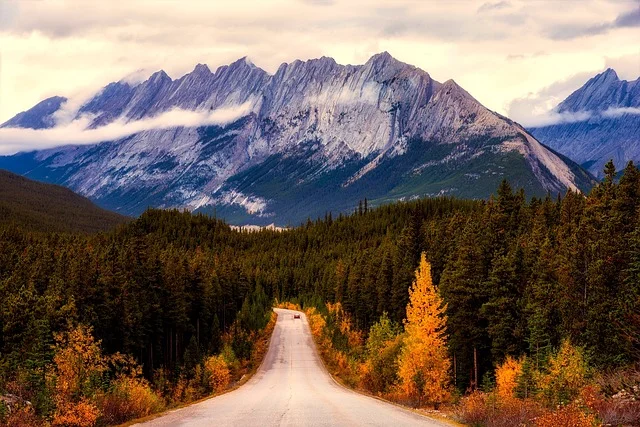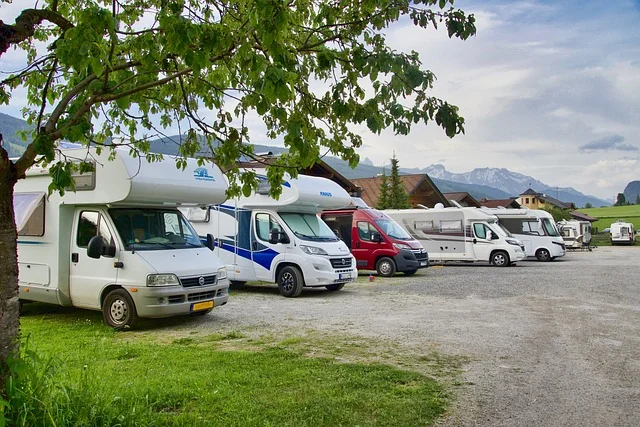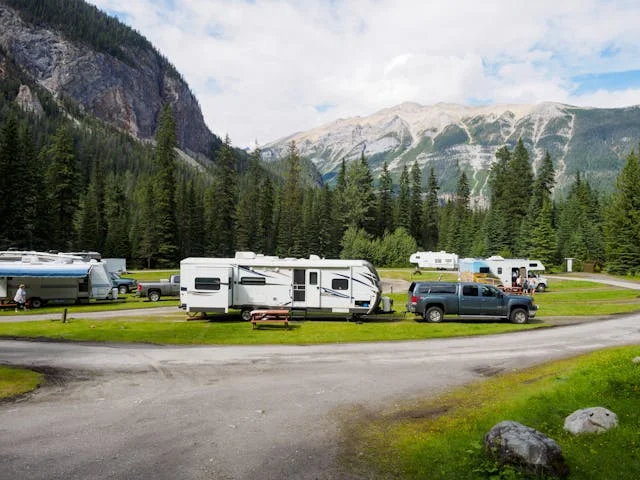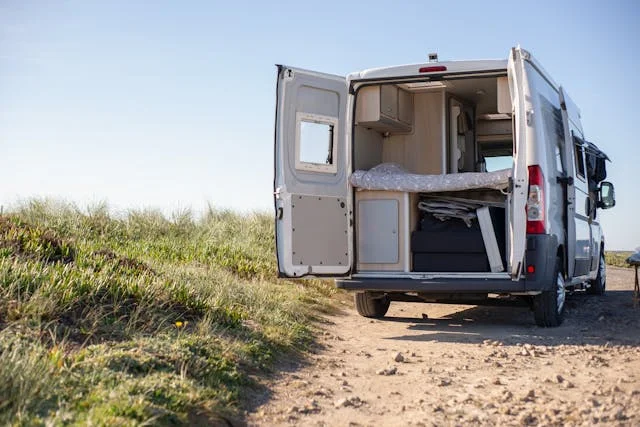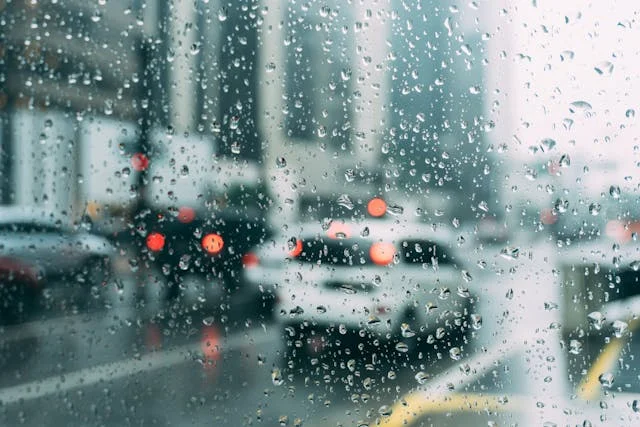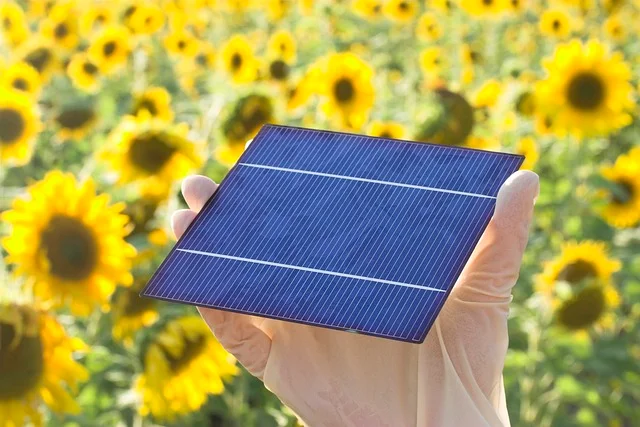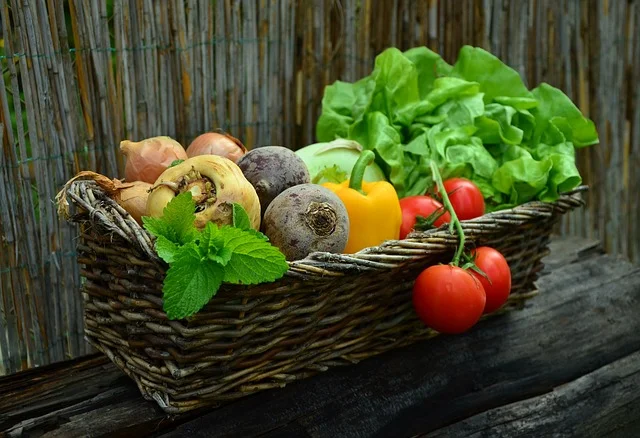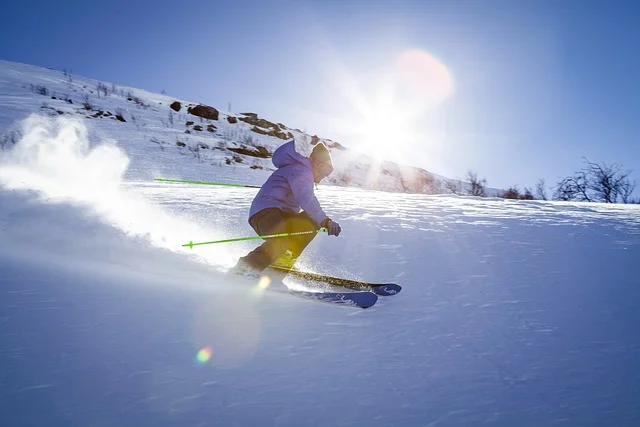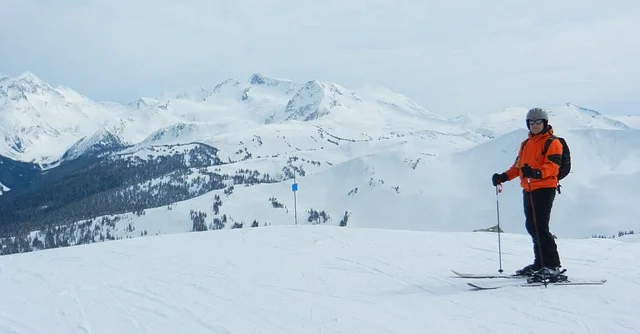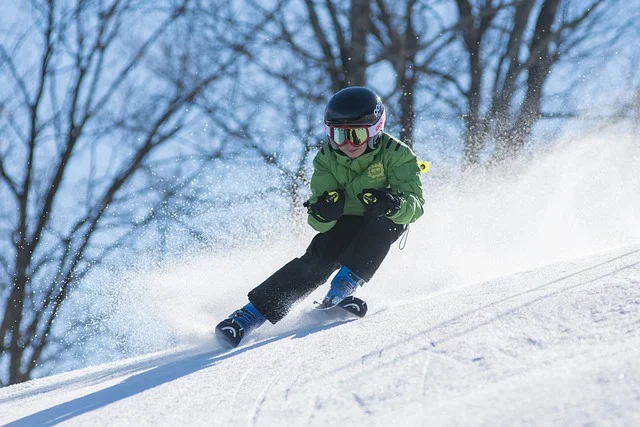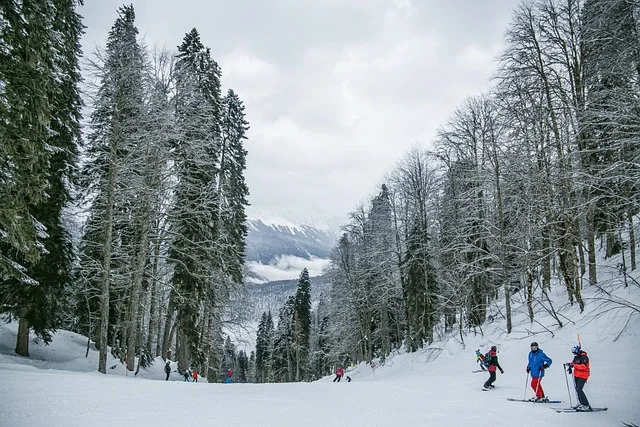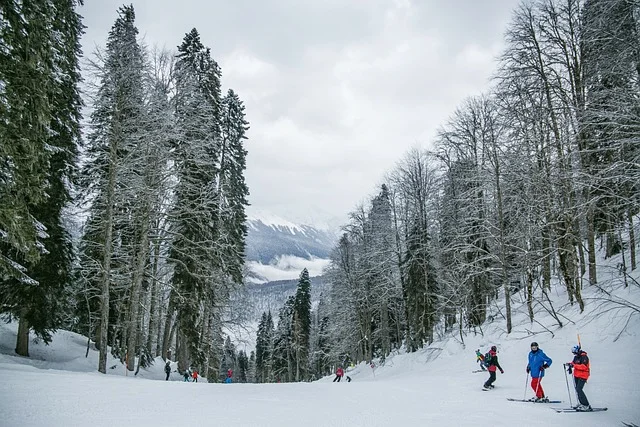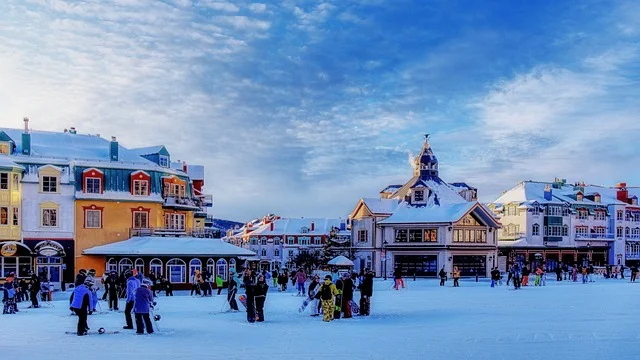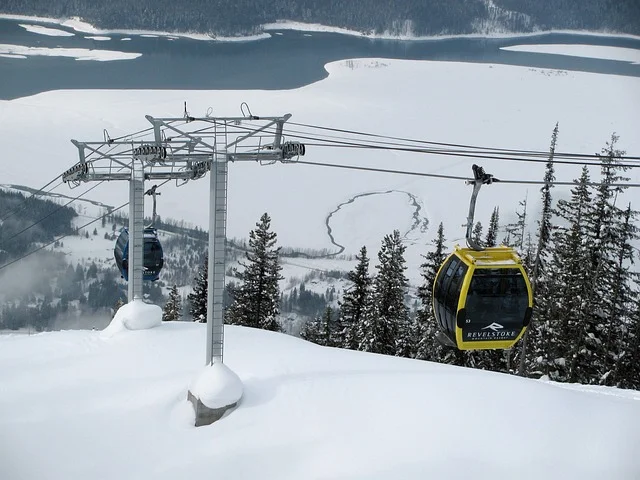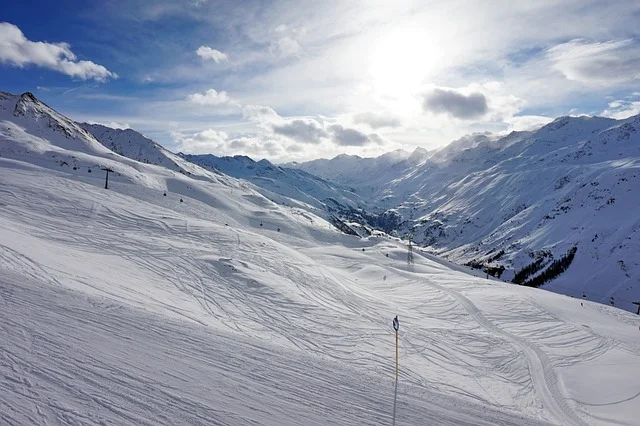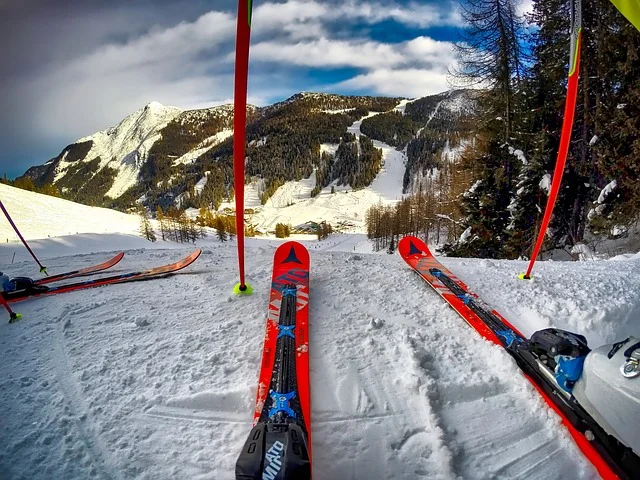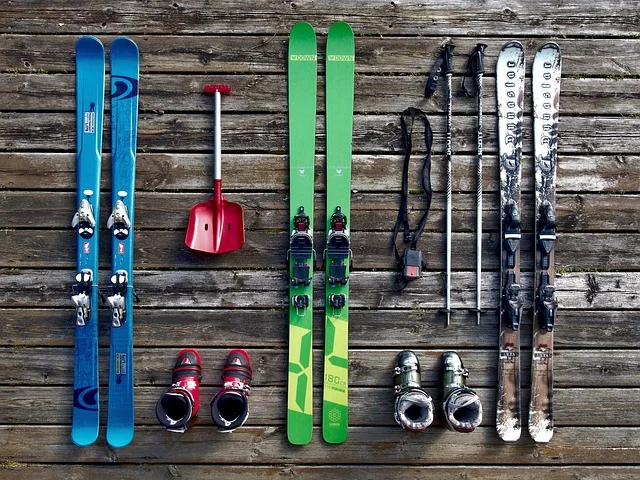From glorious landscapes to multicultural cities and further to the wild expanse, Canada is known for all these reasons; however, when thinking about this land, the one thing that most people do not mention is its alive-and-kicking culinary scenery-a factor luring food lovers from every corner of the globe.
You will encounter regional delicacies, fresh local produce, and memorable dining experiences from coast to coast that will make your trip really unforgettable. What better way to experience the variations in Canadian cuisine than through a Foodie Road Trip? Imagine finding those hidden gems of eatables while traveling in some of the prettiest regions of the country. Be it fresh seafood, delicious poutine, or just sweet, buttery tarts, Canada has something to offer for every taste bud.
Take a journey with us in this blog as we round up Canada’s top 7 Foodie Road Trips that get you to taste really delicious local food amidst breathtaking landscapes. Buckle up, pop the trunk, and get ready for a culinary joyride that will satisfy both your taste buds and your wanderlust.
Canada’s Top 7 Foodie Road Trips
The Cabot Trail: Nova Scotia’s Seafood Haven
A drive of the Cabot Trail in Nova Scotia must rank as one of the most spectacular things to do in Canada, and for very good reason: seafood heaven. This Foodie Road Trip winds its way across the highlands of Cape Breton Island to fantastic ocean vistas of the Atlantic, making frequent stops at quaint fishing villages where you can sample literally the ‘freshest’ seafood you have ever had.
Start off in Baddeck with a taste of the local offerings at the seasonal ingredient-centered restaurant Bite House. Continuing your drive along Cabot Trail, be sure to stop at the various lobster shacks and seafood markets dotting the coast. Be sure not to miss the famous Nova Scotia lobster rolls, buttery scallops, and fresh oysters.
One of the many high points of this Foodie Road Trip is the stop in Cheticamp, a thoroughly Acadian town, offering up some seriously delectable fare with its French influences. Have a bowl of seafood chowder, warmed to your taste, or sample some snow crab as you bask in the nautical atmosphere. Continue on down the trail for even more delectable eats, including smoked mackerel and salmon glazed with maple syrup-no meal on this road trip will be anything less than a wonder.
Quebec’s Charlevoix Region: Farm-to-Table Delights
Charlevoix, a region in Quebec, is just the perfect place to do a foodie road trip for farm-to-table cuisine. Nestled between the St. Lawrence River and the Laurentian Mountains, this picturesque region has rich farmlands and artisanal products, made with fresh ingredients directly from the local farms.
Start your tour in Baie-Saint-Paul, a picturesque town and well-known arts haven, with galleries of all types and a gourmet food scene. Stop by the farmers’ market to try some cheeses, charcuterie items, and fresh produce grown in the surrounding country. Speaking of cheese, you must stop at Fromagerie Migneron de Charlevoix to taste some of the best artisanal cheeses in all of Quebec.
As one explores the region of Charlevoix, there are indeed quite a number of restaurants that have taken to their heart the philosophy of farm-to-table. Everything, from fresh lamb dishes down to vegetables, is locally sourced and prepared with great detail. Also worth trying is the famous duck confit of the region, and finish the meal with dessert made from locally grown apples or berries.
The best part about this Foodie Road Trip, though, is in the creation of stops at local farms to learn behind the scenes about the production process of food you will taste. Be it picking fresh strawberries at the farm, a visit to a cider house, or a tour through a farm that uses the products of a dairy farm-there’s simply no experience like what Charlevoix has to offer.
Ontario’s Prince Edward County: A Wine and Dine Paradise
Prince Edward County in Ontario is a foodie’s paradise and an ideal destination for wine and food lovers to go on a foodie road trip. This charming region along the shores of Lake Ontario boasts top-of-the-line award-winning wineries, artisan food producers, and is a feast for the eyes because of its beautiful views.
Begin in Picton, the county’s main hub, which boasts a number of cafes, restaurants, and markets that feature local ingredients. Enjoy a meal at one of the farm-to-table restaurants before heading out to tour the wineries within the area. With over 40 wineries to choose from, taste everything from crisp whites to bold reds-all made from grapes grown within the region’s richly fertile soil.
The next gastronomic pleasure one will enjoy on this Road Foodie Trip is to indulge in some of the well-known Prince Edward County bakery delights. Renowned for its butter tarts, that internationally known Canadian bakery product made of flaky pastry with a sweet, gooey interior, is simply not to be missed. Be sure to grab fresh bread and pastries in a local bakery as you continue your tour around the county.
In addition to wine and baked goods, Prince Edward County is also home to several artisan cheese makers. Be sure to stop by Fifth Town Artisan Cheese to sample some of the finest goat and sheep’s milk cheeses available in Ontario. Pair your cheese with a glass of wine from one of the local vineyards for the ultimate food and wine experience.
Vancouver Island: Pacific Northwest Flavors
Boasting a unique blend of Pacific Northwest flavors, fresh seafood, and farm-fresh produce, Vancouver Island is the best destination for any foodie road trip. The island off the southern coast of British Columbia presents a diversified gastronomical plethora: from hip cafes to AAA-rated restaurants, surrounded by beautifully stunning ocean views and lush forests.
Begin your road trip in Victoria, where you can have brunch at one of its farm-to-table restaurants. Then continue with a walk through the Victoria Public Market, stocking up on local treasures, from organic greens to artisanal chocolates. When you leave Victoria, head up the coast and spend your days exploring all the farm stands, seafood shacks, and wineries that dot the island.
CHECK OUT – Top 10 Road Trips in Canada for Unforgettable Adventures
Next must-try dishes on this foodie road trip are Vancouver Island’s renowned spot prawns. Sweet and succulent, these prawns will be in season during spring and early summer, popping up on menus in local restaurants. Wild Pacific salmon will be another local delicacy here, usually perfectly grilled or perfectly smoked.
Continuing down Vancouver Island, be sure to pop into the town of Tofino – one of the most popular surf spots in Canada-paired with a food landscape out of sight. Whether it’s fresh fish tacos or a hearty bowl of seafood chowder, Tofino presents some of this island’s best coastal food options.
The Eastern Townships: Quebec’s Wine and Cheese Trail
Just an hour and a half drive from Montreal, Quebec’s Eastern Townships will make the perfect destination for a Foodie Road Trip that includes wine, cheese, and beautiful countryside. Given the picturesque vineyards rolling over rolling hills, of course the delicious dairy products, this area is well-liked; a haven for food and wine lovers alike.
The region’s wine route will begin your tour, where you can stop at family-owned wineries to taste different kinds of wine: from fresh whites through full-bodied reds to refreshing rosé wines. Other wineries may allow guided tours combined with wine tastings. During a glass of local wine, you will get the chance to learn more about the stages of winemaking.
Besides wine, the Eastern Townships are also renowned for their artisan cheeses. Stop at Fromagerie La Station and sample some of the region’s best organic cheeses, among them the famous Alfred le Fermier. Combine your cheese with a glass of local wine for the perfect picnic on your Foodie Road Trip.
Meanwhile, with the scenic drive through the Eastern Townships, you’ll also pass by quaint villages where farm-to-table cuisine is fresh and locally harvested. From cozy bistro dining to picnic ingredients, this is indeed the real taste of the region’s Quebec heritage.
Alberta’s Cowboy Trail: Prairie Comfort Food
For the foodie road trip serving up hearty, down-to-earth meals, head to Alberta’s Cowboy Trail. This scenic route follows the foothills of the Rocky Mountains, passing through quaint towns, rolling prairies, and cattle ranches serving up some of the best comfort food in the country.
Start in the town of Longview, famous for its beef jerky and its cowboy culture. Be sure to stop into the local butcher shop for a jerky road snack, or have a steak dinner at one of the town’s restaurants. Alberta is world-renowned for its beef, and you’ll find no shortage of steakhouses and BBQ joints along the Cowboy Trail.
Besides beef, this Foodie Road Trip serves up a good deal of prairie comfort food, from homemade pies to hearty stews and soups. Continuing down the highway, take a break in Black Diamond where you can stop at one of the diners offering a slice of homemade pie.
No foodie road trip across Alberta is complete without taking in some of the region’s famous bison dishes. Whether it be a bison burger or bison stew, this lean, flavorful meat must be tried by any foodie.
The Sunshine Coast: British Columbia’s Hidden Culinary Gem
But the Sunshine Coast of British Columbia is a bit more off the beaten track-probably one of the under-the-radar destinations included on this list. And it’s a real surprise for both fresh and local food, as well as coastal scenery lovers. This region, situated only a short ferry ride from Vancouver, offers a relaxed atmosphere with plenty of possibilities to enjoy farm-to-table meals and fresh seafood.
From here, head to the lovely coastal town of Gibsons for a relaxing breakfast at one of the local cafes. From here, hit the road and meander down the coast to farm stands selling fresh produce, artisan bakeries, and seafood markets where you can pick up local specialties such as smoked salmon and clams.
This foodie road trip would be incomplete without a visit to the charming town of Sechelt, with fine dining on the stunning vistas of the Pacific Ocean at one of the waterfront restaurants. One must not miss the local Dungeness crab, a delicacy fresh off from the waters.
The farther up the coast you travel, the more opportunities you will get to sample fresh flavors: at farm-to-table restaurants or even from a picnic basket on the beach. This Foodie Road Trip adventure is the perfect mix of relaxation and adventure with great food.
Final Thoughts: Ready for Your Next Foodie Adventure?
From Cabot Trail’s fresh seafood to Charlevoix’s farm-to-table delights, these Foodie Road Trips will take you on a gastronomical journey through some of the most delectable regions in Canada. Wine, cheese, seafood, or comfort food-enjoy whatever you love, as Canada has something in store for every foodie traveler.
So pack your bags, hit the road, and get ready to take off on one of these unforgettable Foodie Road Trips. But before that, don’t forget to drop a comment below! Have you been on a foodie road trip in Canada? What was your go-to dish or destination? Let us know what’s running in your head and share with fellow foodies!



